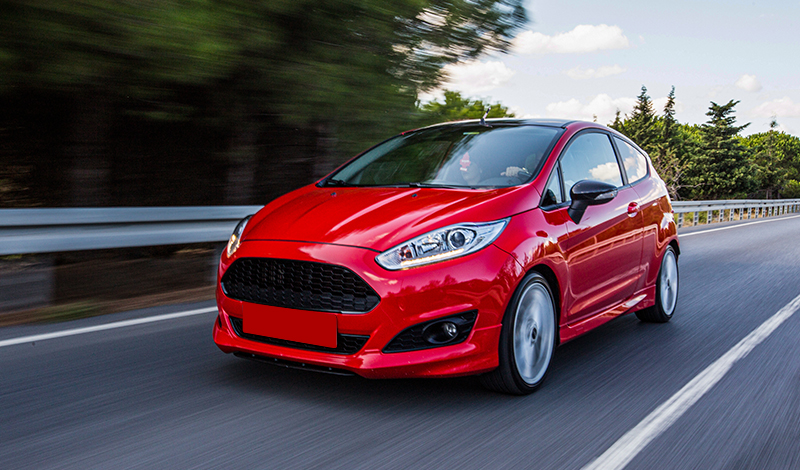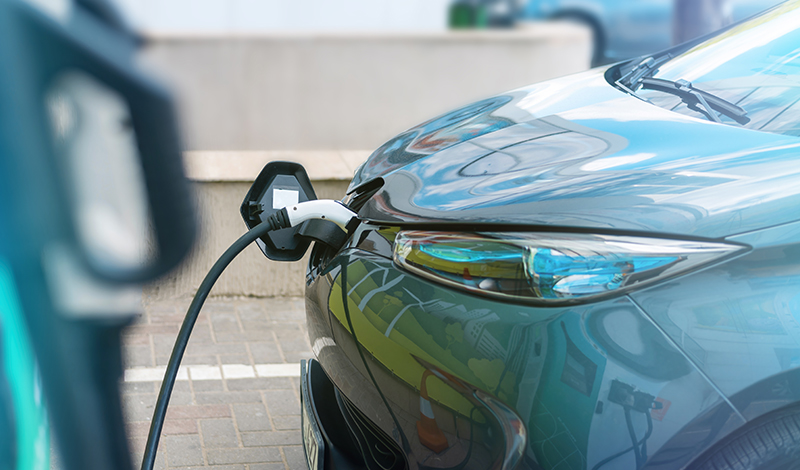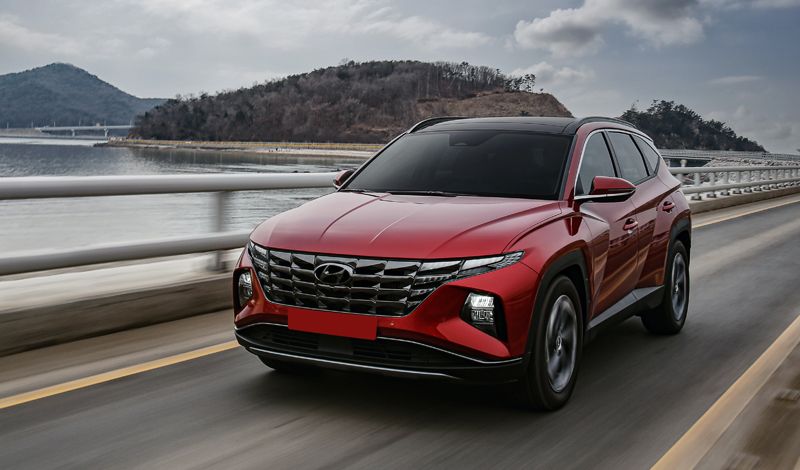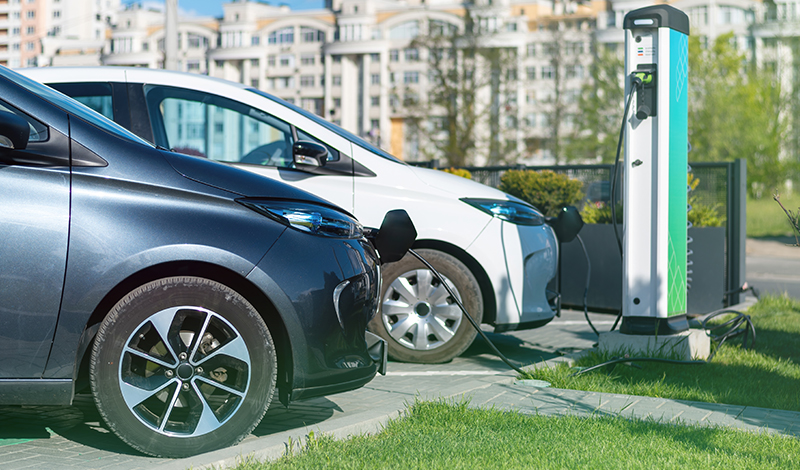In the evolving world of automobiles, the emergence of hybrid cars marks a significant shift from conventional cars. These innovative vehicles blend the robustness of traditional engines with the eco-friendliness of electric car technology. This combination offers a practical solution for today’s environmentally conscious drivers.
Hybrid vehicles stand at the forefront of automotive progress, offering a bridge to a cleaner, more sustainable future. They smartly integrate an electric battery, enhancing efficiency and reducing emissions. This dual-power approach sets them apart, providing a unique driving experience that balances power with eco-responsibility.
Understanding how hybrid cars function and their various types is crucial for anyone considering making the switch. Full hybrids, plug-in hybrids, and mild hybrids each have distinct features catering to different needs.
This comprehensive guide delves into the mechanics, advantages, and considerations of choosing a hybrid vehicle, offering essential insights for your journey towards a greener, more efficient mode of transportation.
What is a Hybrid Car?
A hybrid car is a vehicle that combines a traditional internal combustion engine with an electric motor. This dual-power setup increases fuel efficiency and reduces emissions, offering an eco-friendly alternative to conventional petrol or diesel cars. Hybrid cars can switch between or blend these power sources for optimal performance.
How do Hybrid Cars Work?
Hybrid cars work by using two power sources: an internal combustion engine and an electric motor. Hybrids utilize the strengths of both petrol engines and motors. The engine powers the car for high-speed driving and charges the battery, while the motor is efficient for low-speed, urban settings.
The motor in a hybrid car assists the engine by providing additional power during acceleration, reducing fuel consumption. Hybrids also use regenerative braking, a process that captures energy usually lost during braking to provide charge and electricity to the battery. This ingenious system makes driving both efficient and environmentally friendly.
A key feature of hybrid vehicles is their ability to switch between the engine and electric motor or use both simultaneously. This flexibility ensures optimal use of energy resources, enhancing fuel efficiency. Their technology varies among different types of hybrid vehicles, each designed to suit various driving needs.
Type of Hybrid Cars
Hybrid cars come in three main types: Full Hybrids (FHEV), which can operate on electric motor or engine power independently; Plug-in Hybrids (PHEV), offering extended electric driving range and external charging; and Mild Hybrids (MHEV), enhancing engine efficiency with electric motor assistance.
Full Hybrid (FHEV)

A Full Hybrid Electric Vehicle (FHEV) is a type of hybrid car that can run on just the electric motor, just the combustion engine, or a combination of both. This kind of hybrid offers the greatest flexibility regarding fuel efficiency and emission reduction. Toyota Prius, a popular hybrid model, exemplifies this technology.
Full Hybrids are sub-categorized into Parallel Hybrid & Series Hybrids.
In FHEVs, the electric power can be utilized at low speeds, making it ideal for city driving. The combustion engine kicks in when more power is needed, providing the necessary boost. This seamless integration of two power sources ensures a smooth driving experience.
The regenerative braking system in FHEVs plays a crucial role. It captures kinetic energy during braking and converts it into electric charge, charging the battery. This is why they are also called self-charging hybrids. This process significantly enhances the efficiency of the hybrid system, making FHEVs a smart choice for environmentally conscious drivers.
Plug-in Hybrid (PHEV)

Plug-in Hybrid Electric Vehicles (PHEVs) are a type of hybrid that can be recharged by plugging into an external electric power source. This feature allows them to store more electrical energy, resulting in a longer electric-only driving range compared to FHEVs. PHEVs are perfect for those who want to maximize their use of battery-powered vehicles.
PHEVs can run on battery alone for short to moderate distances, making them ideal for daily commutes. When the battery depletes, the petrol engine takes over, ensuring longer trips are not a problem. This dual functionality makes PHEVs highly versatile.
The ability to charge the battery externally means PHEVs can significantly reduce reliance on petrol. For short trips, drivers may not need to use the petrol engine at all, leading to substantial savings on fuel costs and a reduction in emissions.
Mild Hybrid (MHEV)

Mild Hybrid Electric Vehicles (MHEVs) are a more subtle form of hybrid technology. They use a smaller electric motor that can’t power the car on its own but assists the petrol or diesel engine. MHEVs are designed to improve fuel efficiency without the complexities of a full hybrid system.
The electric motor in MHEVs assists with tasks like starting the engine and providing a boost during acceleration. This assistance reduces the workload on the engine, leading to better fuel economy and lower emissions.
MHEVs also utilize regenerative braking to recharge their batteries. While their electric-only capabilities are limited compared to other hybrids, MHEVs offer a cost-effective way to benefit from hybrid technology. They are an excellent entry point for those looking to transition from conventional to electric vehicles.
Advantages of Hybrid Cars
Hybrid cars offer several benefits, making them an increasingly popular choice among drivers:
- Improved Fuel Efficiency: Hybrids use less fuel compared to traditional petrol or diesel cars, leading to lower running costs.
- Reduced Emissions: By using battery power, hybrids emit fewer pollutants, contributing to a cleaner environment.
- Regenerative Braking: This feature recaptures energy, making hybrids more energy-efficient.
- Versatility: Hybrids provide the flexibility of using electricity stored in batteries for short trips and petrol for longer journeys.
- Tax Incentives: In many regions, hybrids benefit from tax breaks and other incentives.
Disadvantages of Hybrid Cars
Despite their advantages, the hybrid cars have some drawbacks:
- Higher Initial Cost: Hybrids typically cost more upfront than their conventional counterparts.
- Battery Replacement: Over time, the battery may need replacement, which can be expensive.
- Limited Electric Range: Some hybrids have a limited range when running on electric power alone.
- Complexity: The dual systems in hybrids can make maintenance and repairs more complicated.
Conclusion
Hybrid Vehicles, blending the efficiency of car batteries with the range of petrol engines, offer a practical solution for reducing environmental impact while meeting the diverse needs of drivers. They represent a significant step towards sustainable transportation. As technology evolves, hybrids are likely to become even more efficient, further cementing their role in the future of automotive travel. Whether it’s the versatile full hybrid, the electric-focused plug-in hybrid, or the subtly efficient mild hybrid, there’s a kind of hybrid vehicle for every driver.

